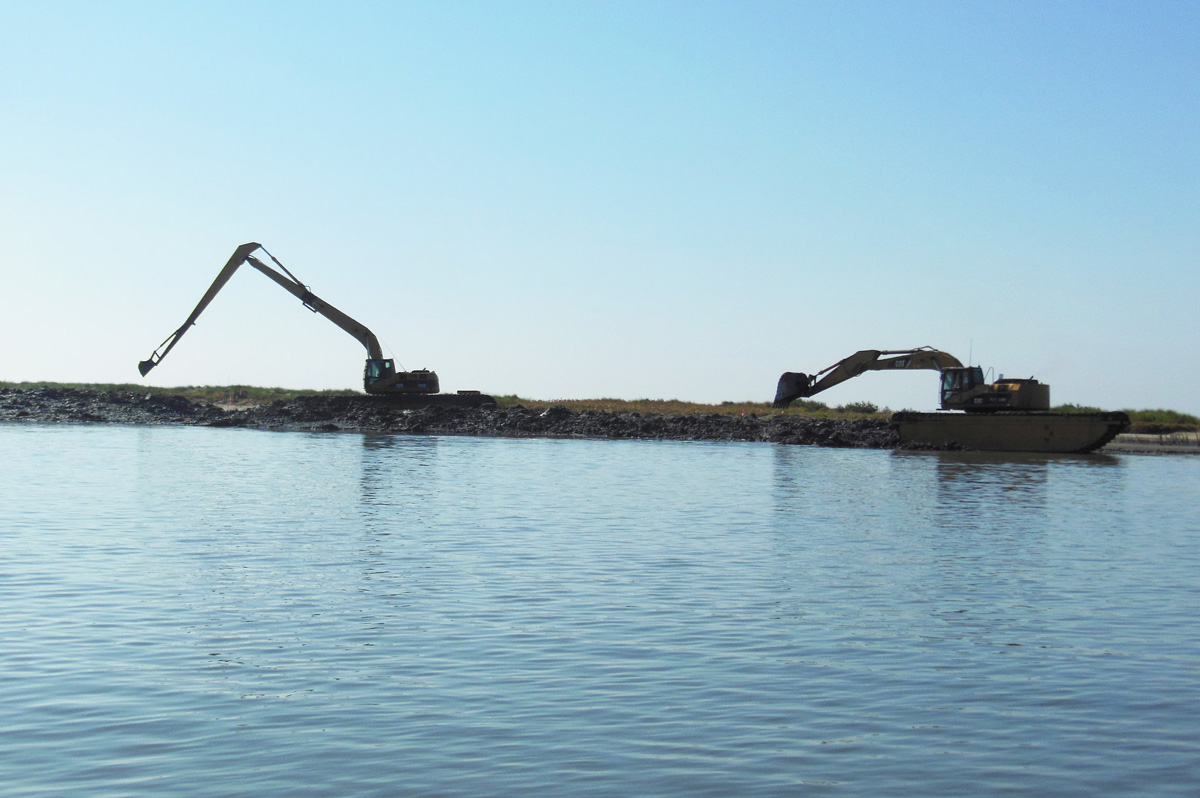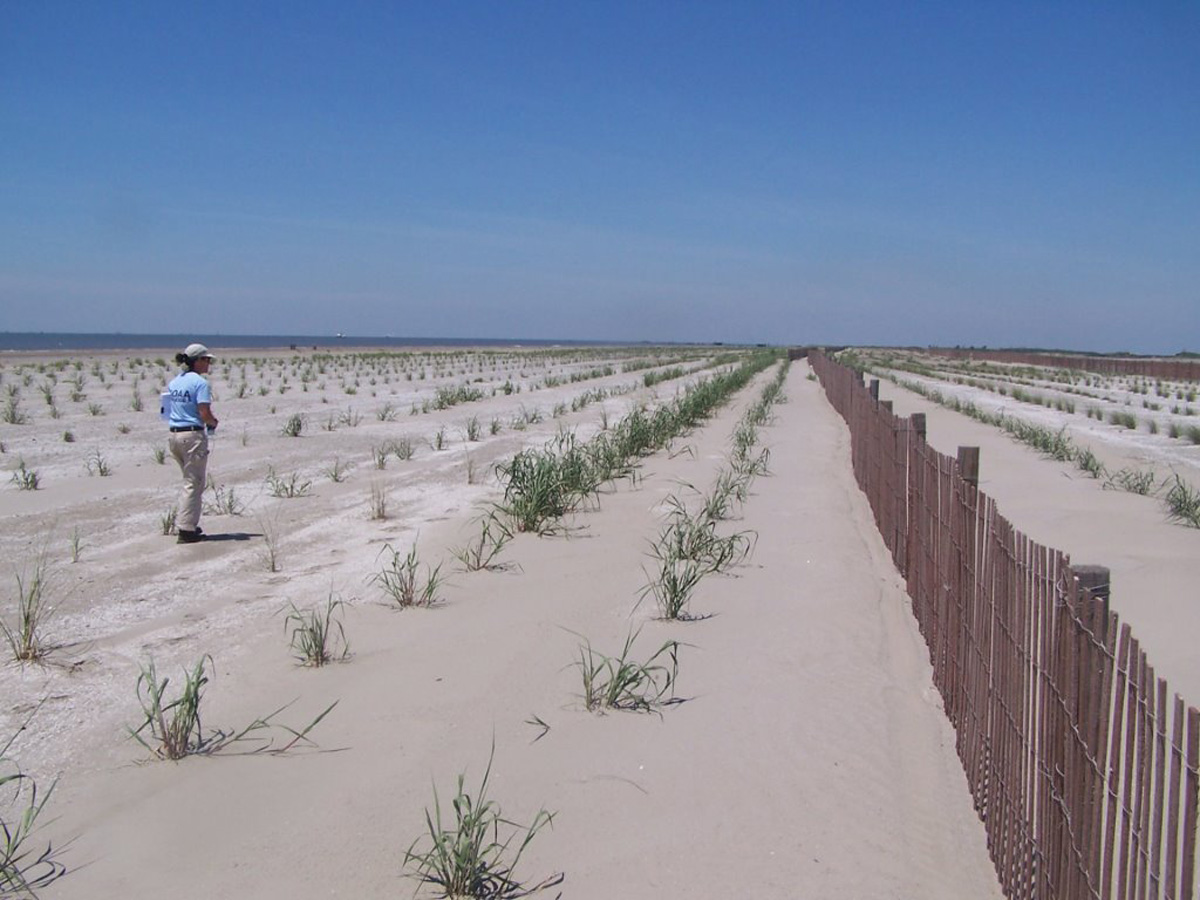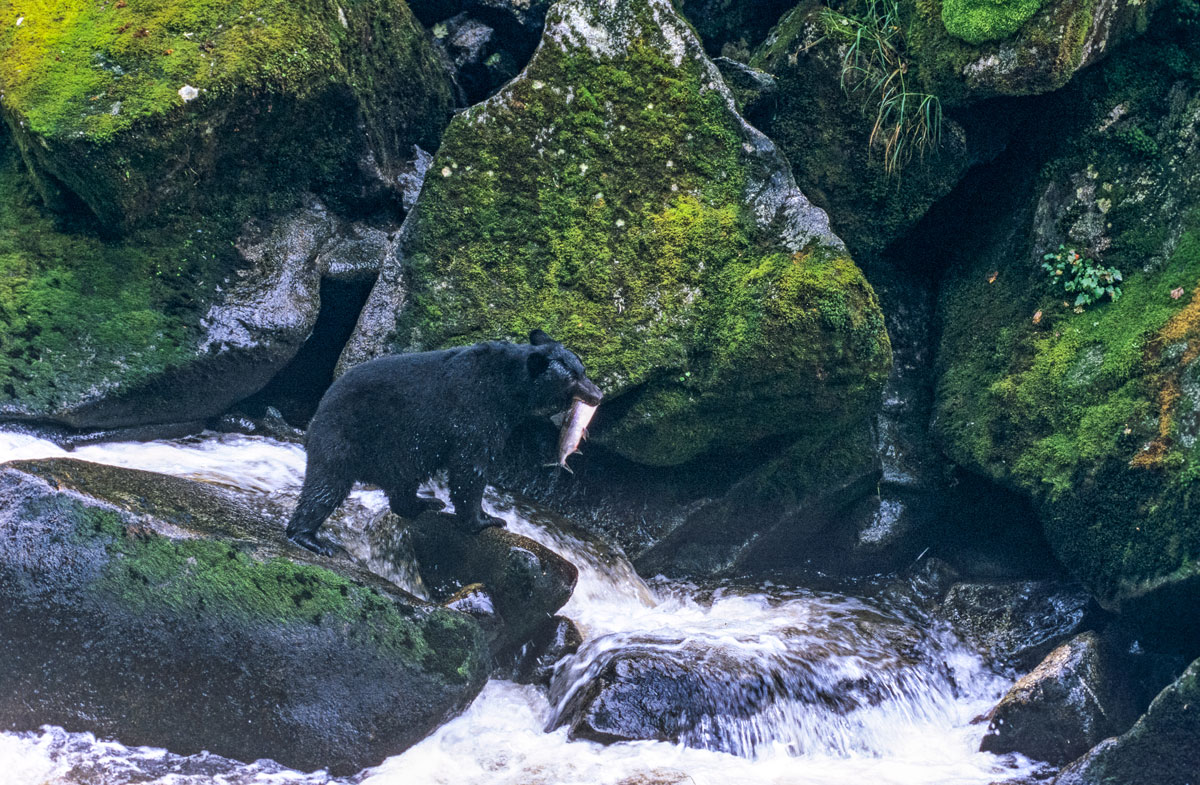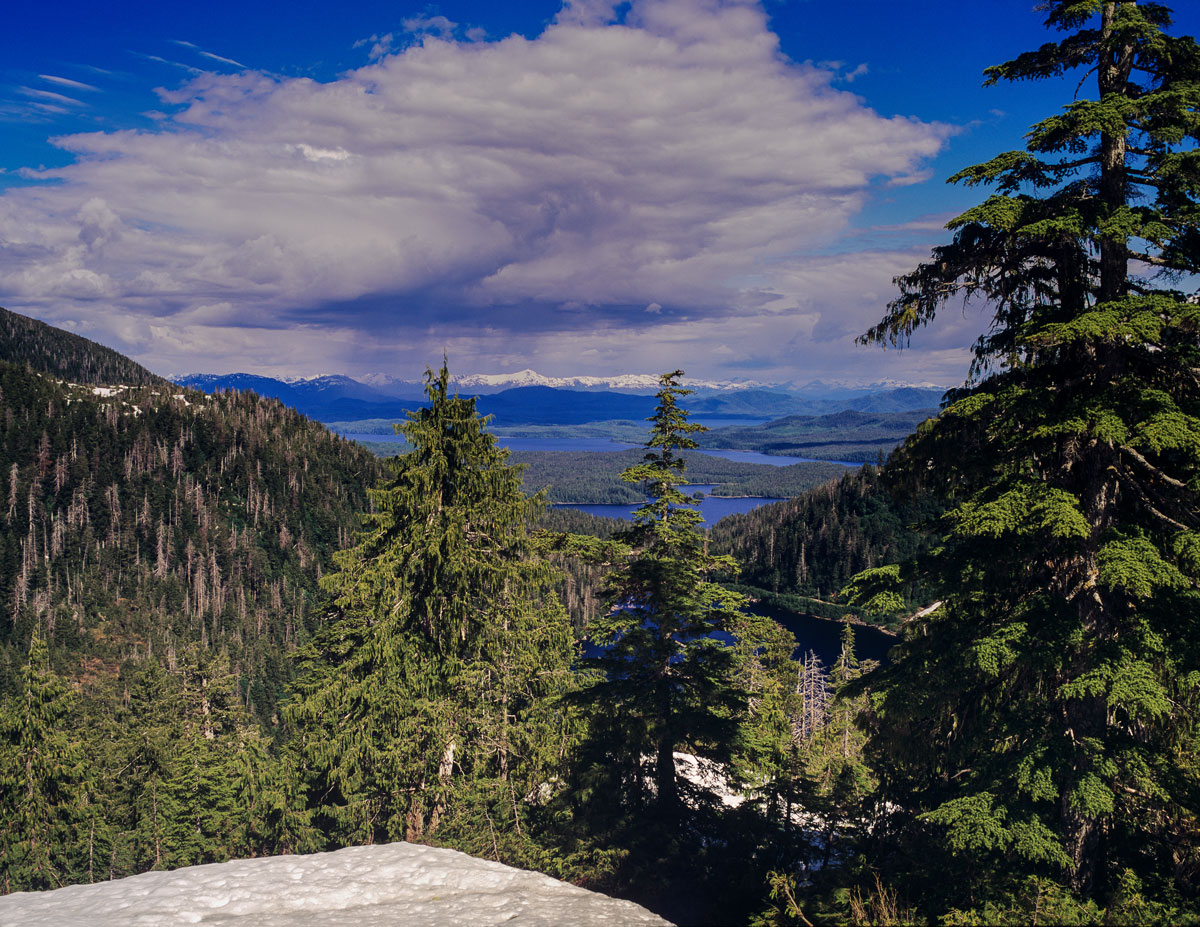Maurepas-Swamp-Photo-by-Louisiana-CPRA-1200-web
Do you have any thoughts on this post?
Bill’s passage proves that conservation transcends partisanship
(Washington D.C)—The U.S. Senate today in a 73-25 vote passed the Great American Outdoors Act giving hunters and anglers a major win.
This bipartisan bill fully and permanently funds the Land and Water Conservation Fund and invests in the crumbling infrastructure on federal public land.
“Today’s vote is historic in many ways,” said Whit Fosburgh, president and CEO of the Theodore Roosevelt Conservation Partnership. “It fulfills a promise we made 55 years ago to create a national legacy of investing in our natural resources. It also fixes our roads, trails, boat ramps, and recreational spaces so future generations can enjoy them. And it helps put Americans back to work through conservation at a time when unemployment rates are at near record levels.”
In addition to securing $900 million annually for the LWCF, the bill also invests $1.9 billion annually for the next five years to address the maintenance backlog on National Park Service, U.S. Forest Service, U.S. Fish & Wildlife Service, and Bureau of Land Management lands.
“Passing the Great American Outdoors Act proves that conservation issues transcend politics and partisanship,” added Fosburgh. “We want to thank Senators Gardner and Manchin for sponsoring the legislation and all the co-sponsors who pushed this bill through the Senate. We urge the House to follow suit and send this bill to the President’s desk showing that conservation works for America.”
We stand with Black sportsmen and women as we examine our role in creating change as a conservation nonprofit
As protests take place in cities across our nation and headlines about justice for racial equity and the loss of Black lives fill our newsfeeds, it’s impossible not to reflect on our own attitudes, biases, and actions. This is particularly important to do personally as a white male who has never experienced any form of racism and, in fact, has benefited because of the color of my skin and gender.
For members of the hunting, fishing, and conservation community, these times also demand that we look critically at the world we inhabit and ask whether we want to be a part of the problem or part of the solution.
Hunting and fishing in this country should be as egalitarian as any aspect of life in America. Unlike in other countries, our North American Model of Conservation has seven key tenets, including that all Americans have the right to hunt and fish, and fish and game are owned by the people, not the government, corporations, or individuals. We have more than 640 million acres of federal lands that are owned by all Americans and are open for hunting and fishing unless they are specifically closed. We have laws designed to ensure that we have clean water, healthy habitats, and plentiful fish and wildlife.
However, racism within our community threatens the North American Model and the future relevance of hunting, fishing, and outdoor recreation, just like it does all other aspects of society. Don’t believe me? Look at what happened to Christian Cooper as he was birdwatching in Central Park. Read Chad Brown’s article in Hatch magazine, or listen to Durrell Smith’s interview on The Flush Podcast.
The Theodore Roosevelt Conservation Partnership’s mission is to guarantee all Americans quality places to hunt and fish. ALL Americans. In no way do I emphasize those words to discount the current and much-needed focus on #BlackLivesMatter, but rather to underscore that the important work of addressing systemic racism in outdoor spaces and the outdoor industry is intrinsic to our organizational goals. We must resolve to serve as allies and drive change for Black Americans in our community. We must also ensure that Hispanics and Latinos, women, and other underrepresented communities feel welcome in hunting and fishing and safe when enjoying these activities.
The absence of this safe and welcoming environment all but guarantees we will never achieve our mission. To turn a blind eye to the shortcomings in our world is not only morally wrong, it jeopardizes the future relevance of hunting, fishing, and conservation.
So, what can we do to effect change? We need to listen and learn. We need to examine our own biases and accept honest feedback. We must admit what we don’t know and that we haven’t yet done enough. To be sure, plenty of difficult, uncomfortable work lies ahead of us.
Organizationally, we want to be transparent about the journey we’re on, shed light on the challenges we face, and publicly reaffirm our commitment to help build a more inclusive, equitable, and diverse hunting and fishing community.
Several years ago, we saw a need to respond to changing trends in the hunting and fishing community and society at large. Hunting and fishing numbers were declining, and America was and still is shifting to become more culturally and racially diverse.
At that time, we launched an effort to understand and engage with the Hispanic community. To that end, we developed a partnership with the Hispanic Access Foundation. Last year we hired a Hispanic outreach coordinator and then we hosted our first ever Hispanic Sportsmen and Women’s Summit, and we are currently working with state fish and wildlife agencies to help direct resources where they can be used to reduce barriers to entry for new Hispanic hunters and anglers.
Internally, we drafted a diversity, equity, and inclusion (DEI) plan for the TRCP. The plan reflects the voices of our leadership team and staff at every level, and it focuses our immediate work on achieving tangible outcomes where we have direct control, like the representation of our board and staff. We’ve done initial staff and board training on DEI.
Have no doubt that this is only a start. Our DEI plan will serve as a living, breathing document and will remain open to improvement and refinement over time. This work will be a journey, not a destination. We will make mistakes along the way, but we will learn from these missteps.
In the meantime, the Theodore Roosevelt Conservation Partnership stands with our Black members, partners, and staff. We recognize that we cannot achieve our mission until we address the obstacles that Black and other people of color face while hunting and fishing. As we do this, we welcome your honest feedback—and we are listening.
Top photo by Aaron Burden.
The Deepwater Horizon oil spill was ten years ago, and Louisiana’s coastal habitat is being rebuilt to flourish even better than before. In fact, lands that experts predicted would have vanished by now are supporting fish, wildlife, and outdoor recreation spending.
A decade ago, bulldozers, excavators, and hard-hat-donning work crews were removing millions of pounds of sand and vegetation coated in thick, tarry oil from Louisiana’s beaches and barrier islands after the Deepwater Horizon oil disaster.
The heavy equipment and hard hats have returned to our coast, but now it’s in an effort to restore damaged fish and wildlife habitat using fines paid by BP and others responsible for the spill. This year alone, the Louisiana Coastal Protection and Restoration Authority—in conjunction with federal partners at the U.S. Fish and Wildlife Service and the National Marine Fisheries Service—will begin, continue, or conclude restoration projects representing an investment of more than $250 million in Deepwater Horizon penalties.

Thirteen barrier islands and headland beaches line the Louisiana coast from Venice to the Barataria, Timbalier, and Terrebonne Basins. All of them have either been restored in the 10 years since the oil stopped spewing or will be restored in the next 10 years. In addition, some smaller islands beyond these areas—which are also critical habitat for fish, brown pelicans, and other coastal birds—have been restored.
Louisiana’s barrier islands and beaches are all remnant headlands of the ever-shifting Mississippi River Delta and the first line of defense against hurricanes and violent winter storms that batter the northern Gulf. Without barrier islands to break up the waves and dampen storm surges, the vulnerable wetlands and nursery grounds north of the islands would crumble and coastal communities would become even more exposed to the full fury of the Gulf of Mexico.
Of course, this is also extremely important habitat for the Gulf’s most popular sportfish, like speckled trout, redfish, and Spanish mackerel. If the surf is light, these beaches and islands are lined with boats and surf anglers tossing topwaters, live shrimp, and a variety of plastic plugs and swimbaits. On most summer days, the line of boats along popular Elmer’s Island and Timbalier Island stretches from horizon to horizon.
The dynamic nature of Louisiana’s coastline and the lack of sediment input from the Mississippi River has shortened the lifespan of many of these critical islands, especially since the river was extensively levied in the late 19th and early 20th century. Without investments of oil spill penalties and funds from state-federal partnership programs, some islands would be little more than subsurface sandbars today.
“In the early 80s, the islands in Terrebonne Parish were losing land at a tremendous rate and the prediction then was that all of those islands would be gone by 2015,” says Bren Haase, executive director of Louisiana’s Coastal Protection and Restoration Authority. “However, there have been a host of restoration efforts made throughout the area that have kept those islands largely intact and the land area has stayed roughly constant over the last 30 years.”

Three of the beach and island projects currently underway are designed to keep the Terrebonne Basin intact for the next 20 years or more and provide protection for infrastructure and the fishing camps, marinas, and bait shops in small but important towns like Port Fourchon, Leeville, Cocodrie, and Dulac.
Approximately 9.2 million cubic yards of sand will be dredged from a massive ancient Mississippi River delta in about 30 feet of water off Terrebonne Parish. The sand will be barged to the beaches and then shaped with earth-moving equipment before being planted with native grasses to help hold it in place.
In all, approximately $167 million in fines from the National Fish and Wildlife Foundation’s Gulf Environmental Benefit Fund is being spent to revive and extend the life of the West Belle Pass headland, Timbalier Island, and Trinity Island. The GEBF was the first fund established with oil spill penalties and dedicated $2.4 billion Gulf-wide to projects that restore fish and wildlife habitat damaged by Deepwater Horizon.
Haase, who has worked on coastal habitat restoration and hurricane protection efforts in Louisiana for more than 20 years, says the oil spill fines have allowed the CPRA and federal partners to expedite project construction, while dramatically increasing the size and scope of island and beach restoration projects.
Restoration efforts that once consisted of projects costing $15-million to $30-million and taken on piecemeal have grown into massive $100-million projects that can rebuild hundreds of miles of beach, dune, and tidal marsh all at once.
“Over the last decade we’ve taken a more system-wide approach to barrier island restoration,” says Haase. “Rather than build one project here and there, in our analysis, we saw that there were weaknesses in certain areas of islands and headlands that we could address that would prevent breaches and help provide more protection to the habitats inside the barrier islands.”
The challenge was always to use the unprecedented fines and penalties paid by those responsible for the economic and environmental destruction and loss of life to make sure the mistakes of the past weren’t repeated—to make the Gulf a better place post-spill. Louisiana’s investment and the innovation developed in restoring its critical barrier islands, beaches, and marshes shows that our state has wholeheartedly embraced that responsibility.
This story first appeared as a guest blog for Fishing Tackle Retailer in honor of World Oceans Day. Top photo by Tim Donovan.
Comments received by the Forest Service show a powerful public consensus in direct opposition to the proposal to roll back conservation measures in the Tongass
It just makes sense to most Americans that we should have a say in the management of the public lands that all of us own. And, in fact, that’s how things are supposed to work. Meetings in local communities, opportunities for individuals to comment, and pragmatic collaboration involving various stakeholders are critical to the planning processes that guide agencies like the U.S. Forest Service.
That’s why hunters and anglers should be seriously concerned by the administration’s proposed elimination of the Roadless Rule in Alaska.
At nearly 17 million acres—approximately the size of West Virginia—the Tongass National Forest in Alaska is the largest national forest in the U.S. and the world’s largest remaining temperate rainforest. Vast swaths of undeveloped forests— some older than 500 years—are at the heart of a decades-old debate about how best to manage this unique forest that is home to approximately 70,000 Alaskans living in 32 mostly rural communities.
More than half of the Tongass – 9.2 million acres – is managed under the direction of the 2001 Roadless Rule. This management plan works to safeguard vital habitat for important fish and wildlife species, including Sitka black-tailed deer, black and brown bear, moose, and even Roosevelt elk. Outstanding opportunities for hunting draw visitors from around the world and fuel Southeast Alaska’s vibrant tourism industry.
The Tongass also features some of the nation’s most productive salmon watersheds, earning the distinction of “America’s salmon forest.” Salmon are a way of life and critical food source for rural Southeast Alaskans, who eat an average of 75 pounds of salmon per person each year. Healthy salmon habitat fuels the region’s economy and supplies a global food chain. More Southeast Alaskans are employed in commercial fishing than any other private sector.

By safeguarding undeveloped landscapes and watersheds in the Tongass, the Roadless Rule supports industries that depend on intact forests and high-quality habitat, such as hunting, fishing, and other forms of outdoor recreation, tourism, and commercial fishing. The rule also has built in flexibility and allows for community development projects when they serve the public interest. Since the Roadless Rule was implemented, all 57 requests for new projects in roadless areas of the Tongass—spanning mining, renewable energy development, and community access—have been granted by the Forest Service.
In January 2018, the State of Alaska petitioned the U.S. Department of Agriculture to allow for the development of a state-specific roadless rule. Many hunting and fishing groups and businesses were willing to consider a compromise option, facilitated by a Citizen’s Advisory Committee, that balanced the need to conserve critical fish and wildlife habitat while allowing some new commercial logging in other areas of the forest.
The opportunity for a compromise solution was all but eliminated last summer when the White House intervened after an off-the-record meeting between President Trump and Governor Dunleavy. Following that meeting, the Department of Agriculture and the Forest Service were directed to propose the most extreme option: a full exemption of the Roadless Rule in Alaska.
The agency’s proposal, as written, would open 9.2 million acres of public land—more than half of the forest—to industrial development, including 165,000 acres of irreplaceable old-growth forests.
Because of these extreme actions, those who support conservation and wildlife habitat are left with only one option: oppose the Forest Service’s recommendation to lift the Roadless Rule in Alaska.

According to data recently released by the Forest Service, 96 percent of “unique letters” commenting on the draft Tongass proposal support keeping the Roadless Rule in place. Fewer than 1 percent of the 250,000+ comments support the full exemption favored by the administration. Likewise, the Forest Service’s analysis of testimony from 18 subsistence hearings in Southeast Alaska determined that a “vast majority” of local residents support keeping the Roadless Rule and protecting vast swaths of old-growth temperate rainforest from clear-cut logging.
Clearly, the plan to rollback conservation safeguards for millions of acres of some of the world’s most productive salmon and Sitka black-tailed deer habitat does not reflect the priorities and values of Alaskans and disregards feedback from nearly a quarter-million public land owners across the country who took time to participate in this process.
Unless the Forest Service rethinks its proposal for the Tongass, the result will be an unsustainable management framework likely to face legal and long-term political challenges. The uncertainty being created through this effort hurts all stakeholders: rural residents who practice a subsistence lifestyle, small businesses that earn a living from the land, land managers trying to balance the needs of all user groups, and hunters and anglers who dream of visiting Southeast Alaska.
The Forest Service is expected to issue a final decision on the proposed Roadless Rule exemption this summer. Interested in the Tongass National Forest and other Alaska issues affecting hunters and anglers?
Sign up with the TRCP here to receive updates on how you can get involved and make your voice heard.
Top photo: Joseph via Flickr
Theodore Roosevelt’s experiences hunting and fishing certainly fueled his passion for conservation, but it seems that a passion for coffee may have powered his mornings. In fact, Roosevelt’s son once said that his father’s coffee cup was “more in the nature of a bathtub.” TRCP has partnered with Afuera Coffee Co. to bring together his two loves: a strong morning brew and a dedication to conservation. With your purchase, you’ll not only enjoy waking up to the rich aroma of this bolder roast—you’ll be supporting the important work of preserving hunting and fishing opportunities for all.
$4 from each bag is donated to the TRCP, to help continue their efforts of safeguarding critical habitats, productive hunting grounds, and favorite fishing holes for future generations.
Learn More
